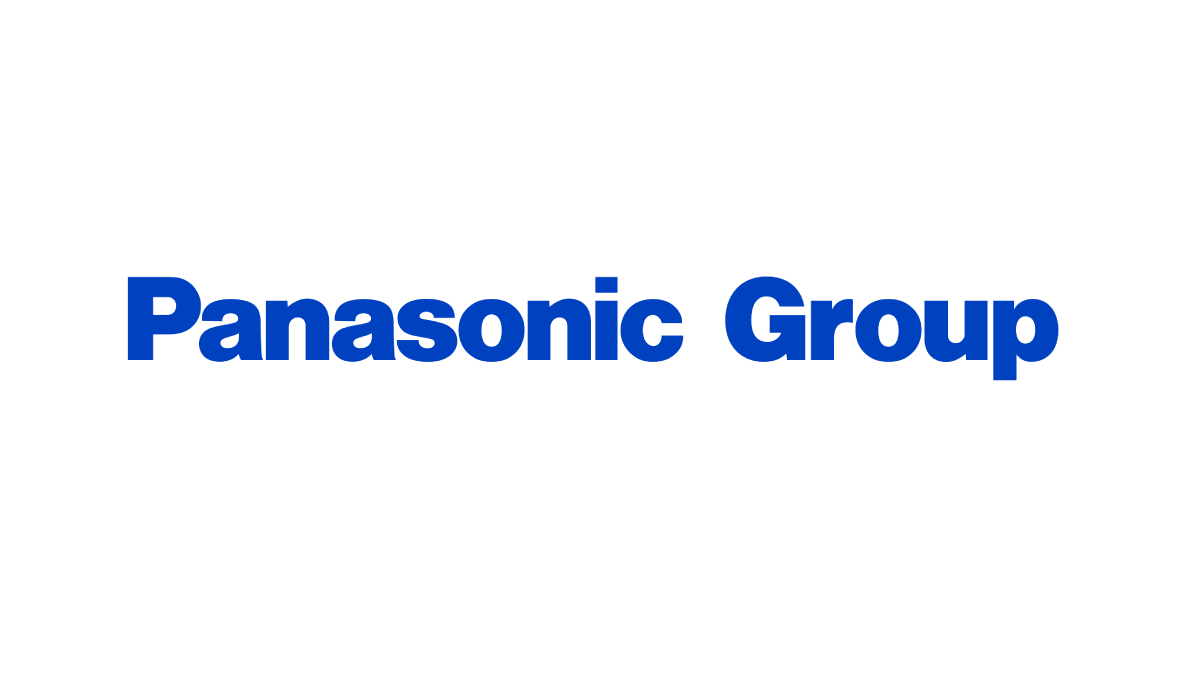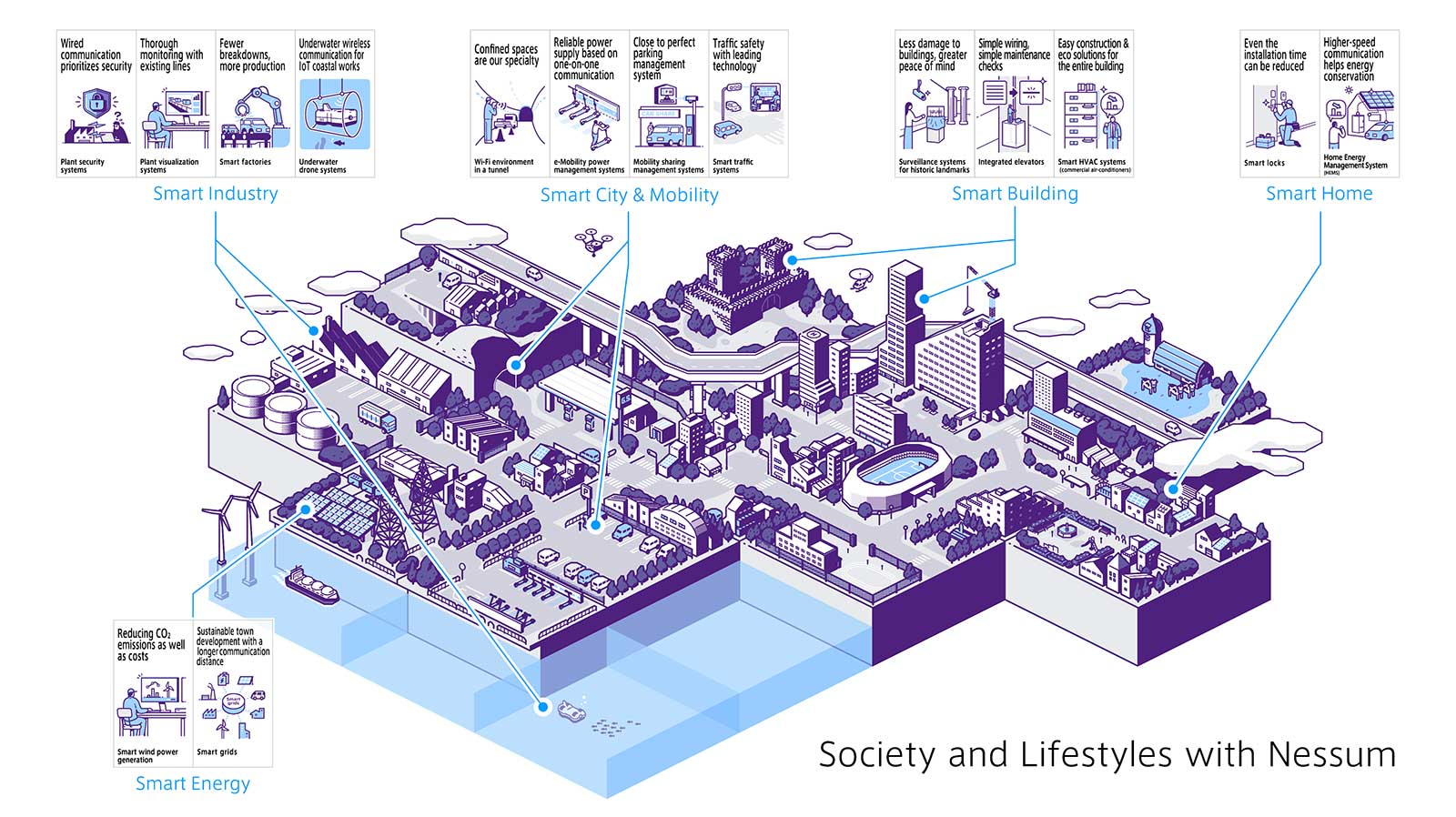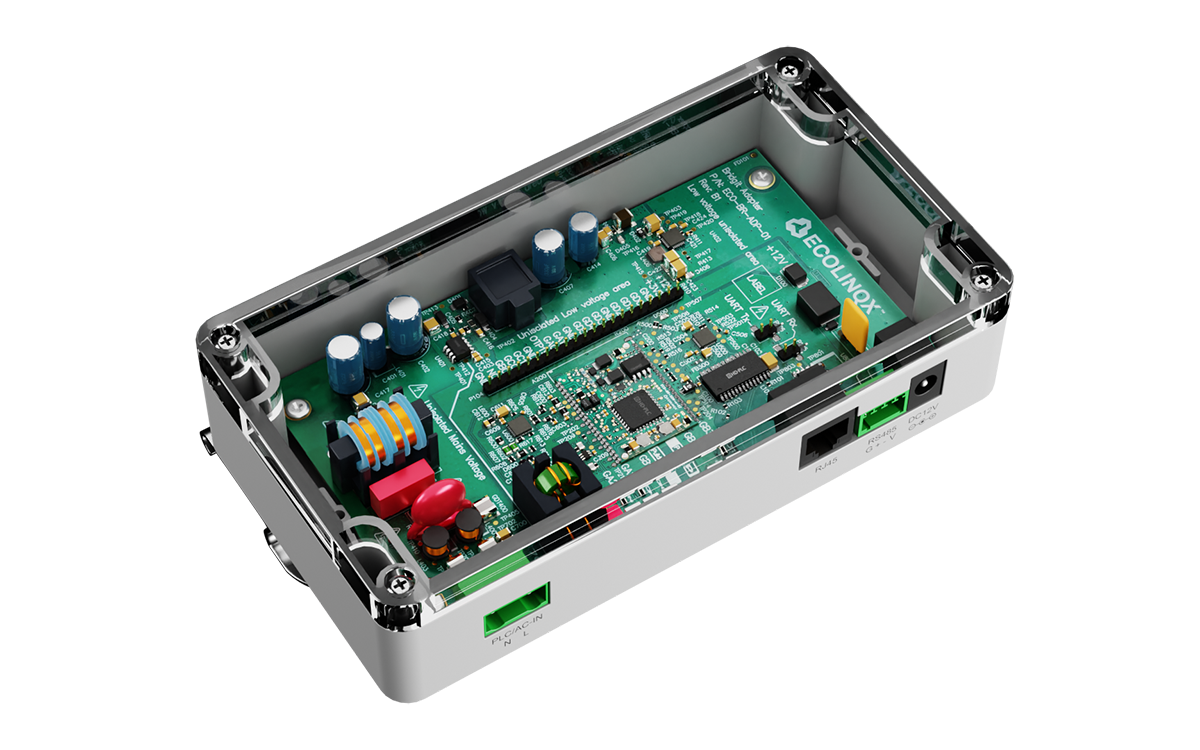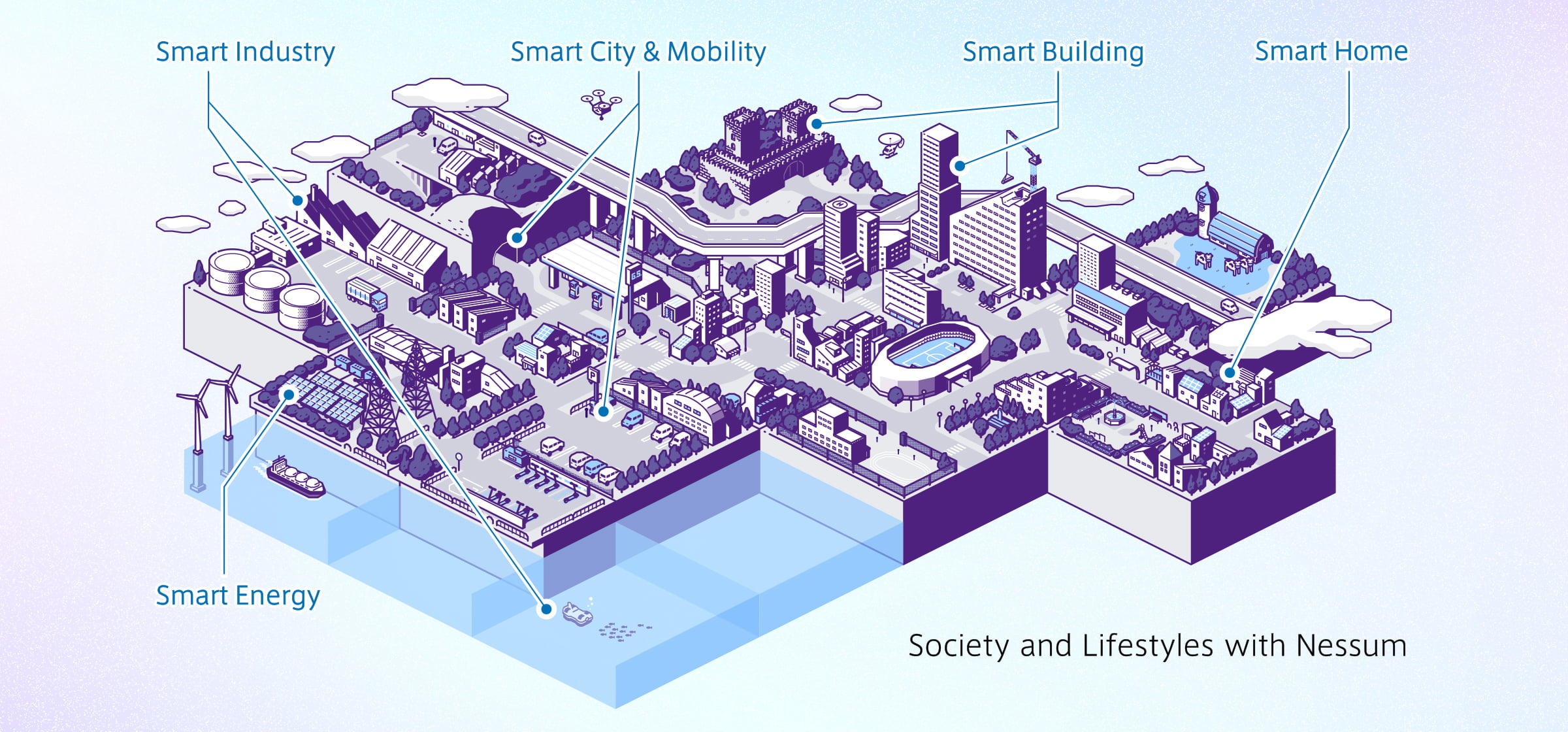Panasonic Holdings’ Technology Adopted As Baseline Specification Of IEEE’s Next-Generation Communication Standard For Use On Any Media

World's First Communication Technology Capable Of Making Wired, Wireless, And Undersea Communication Available Through A Single Device
Osaka, Japan – Panasonic Holdings Corporation (hereinafter referred to as “the Company”) announced today that it has presented a technology based on the Company’s Wavelet OFDM format at the November IEEE 1901 Working Group meeting for adoption in the next-generation communication standard IEEE P1901c and that the proposal was adopted. This next-generation communication standard can be used in various media (including wired, wireless, and undersea communication).
The IEEE P1901c project was launched in May 2022. The standard was developed in the IEEE 1901 Working Group, which was established in 2005 to develop a broadband power line communication standard. To contribute to an evolving IoT society, this project aims to use advanced power line communication technology that can work in an environment with many constraints on communication and promotes its adoption and use in different communication media.
The Company’s unique Wavelet OFDM scheme was already approved as an international standard in the first edition of IEEE 1901-2010. It has been enhanced in the latest version of the standard IEEE 1901-2020. Maximum communication speed has been increased to up to 1 Gbps by broadening the used communication band by a factor of two or four over the standard mode. Communication distance has been increased by narrowing the communication band by a factor of 1/2 or 1/4 compared to the standard mode, thereby concentrating the energy in a narrow band frequency. Through these improvements, Wavelet OFDM has met a variety of needs for the IoT era. Today, it is being widely adopted in buildings, factories, and social infrastructures around the world as a means of communications for energy and security management and equipment control.
The technology adopted in the next-generation communication standard enables the communication band used to be reduced to 1/32 of that of the standard mode, thereby extending the frequencies from the conventional megahertz range to the kilohertz range and enabling a variety of media to communicate over even longer distances. In addition, by using an antenna and applying the technology to wireless communication that uses low transmission power, secure short-range and high-speed wireless communication will be available. The technology also enables IoT communication under the sea, which was previously considered difficult. Undersea communication will be an important technology for the exploration of marine resources and conservation of marine life, and therefore also for the achievement of the Sustainable Development Goals (SDGs). The application of the next-generation communication standard to undersea and underwater IoT has been adopted in the Beyond 5G R&D Promotion Project of the National Institute of Information and Communications Technology (NICT). The name of the project is “Research and development of wireless communication technology for undersea and underwater IoT (No. 02301)”, and it is undergoing technological development and demonstration experiments.
The next-generation communication standard enables communication technologies that can be used in various media, such as wired, wireless, and undersea communication, to be implemented in a single semiconductor device, helping to build networks that cover every corner of society. Since the technology has been adopted for an IEEE international standard, it is expected to be deployed in various fields around the world and help reduce the cost of introducing IoT devices.
Since the Wavelet OFDM technology is recognized as an essential core technology for the next-generation communication standard, the Company will promote the development of common devices that enable communication through various media and will strive for the adoption of this technology to the global scale. As with HD-PLC, the Company will use the Wavelet OFDM technology in the Panasonic Group’s products and services, and at the same time, it will license the technology to other companies so that it can be widely used and contribute to the advancement of an IoT society.
Learn More:




